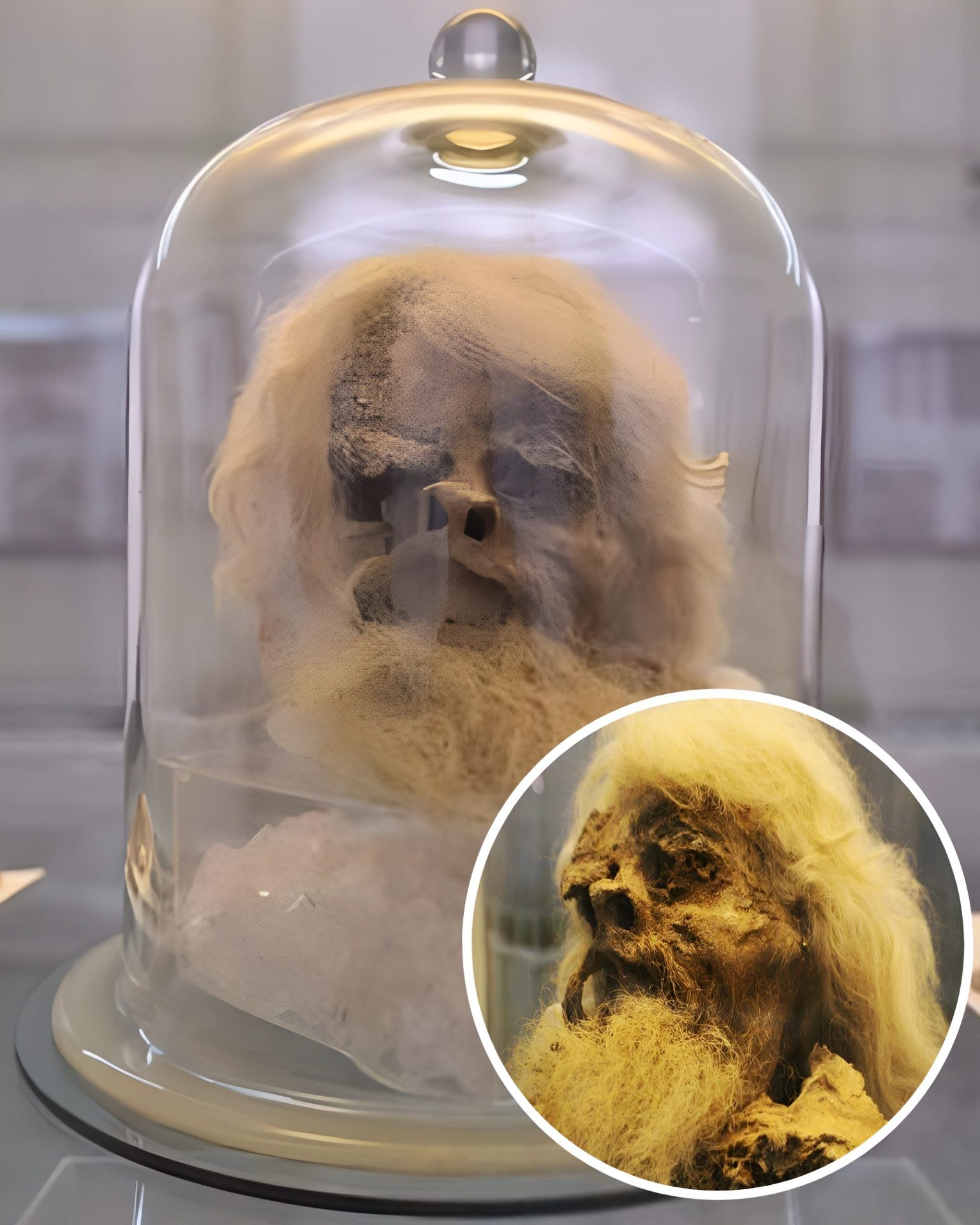A threatening monster resembling a snake observes us as we cross the Plaza de Chicanna in Mexico. Although undoubtedly a disturbing thought, we decided to enter the open mouth of the huge snake. Instead of fear, we are curious: What is it that the Mayans did in this place?(Chicanna)
Chicanna is an archaeological site located in the southeastern Mexican state of Campeche, on the Yucatan Peninsula. The place was discovered during the 1960s, and belongs to the Classic Period of the Mayan civilization. Chicanna stands out for the architectural style of its buildings, that is, the so-called Rio Bec style, which was also used in other settlements in the region, including Becán, and Xpujil, two sites near Chicanná. It is believed that the place lived the peak of its power between 300 BC. and 250 d. C. It was only abandoned around the year 1100.

Structure XX of the archaeological site of Chicanná
ToggleThe famous mouth of the snake
The name of the place, Chicanna, is derived from a combination of three words from the Mayan language, “chi”, “can” and “na”. The first means “mouth”, the second “serpent” and the third “house”. Therefore, Chicanna literally means “House of the mouth of the serpent.” This peculiar name was given to the place due to the design found in the most famous building discovered in the settlement, the “Structure II”.(Chicanna)

Mayan God D, Itzamná
This building was built around 700 BC. and it is located in the eastern sector of a small square. Its portal, which is designed to resemble the mouth of a snake (identified according to a source with Itzamná, a deity of the Mayan pantheon), is one of the most impressive of its kind in Mexico.
The Maya built the door as if it were the huge open mouth of a monster, with the creature’s teeth on the lintel (at the top) and on the porch (below). In addition, eyes with spiral pupils similar to hooks look down threateningly, watching everyone who approaches the entrance. It has been speculated that this building served a ritual or religious function for the Maya. Upon entering the square through the mouth of the serpent, the Mayan priests would be able to access the underworld, perform the necessary rituals and return to the settlement.(Chicanna)
A place for ceremonies and religious rituals
The religious significance of the House of the Serpent’s Mouth could also have been extended to the rest of the place. This can be seen, for example, in the fact that the settlement is located on a natural elevation that is in the area. This allowed the structures built on the site to look taller, which in turn meant that they brought people closer to the gods. As a result of this closeness to the gods, Chicanna would have been the ideal place to perform various religious ceremonies and rituals.

Partial view of the ruins of Becán
One of the neighboring cities that was inhabited at the same time as Chicanna was Becán. The latter is about 2 kilometers (1.24 miles) east of the first, and it is believed that the two cities were related to each other. For example, it has been observed that the architectural styles of Chicanná and Becán are quite similar, an indication that they were contemporary. Becan, however, was a city much larger than Chicanna, and it has been suggested that it was the political, economic, and military capital of the Maya province of Rio Bec. On the other hand, Chicanná, which would depend on Becán, would have served as a residential area for the rulers of this provincial capital.(Chicanna)
Rediscovering Chicanna
Chicanna was rediscovered by Jack D. Eaton in 1966. This discovery was made during a survey of the area by Eaton before the beginning of an archaeological study that was to be carried out in Becán jointly by National Geographic and Tulane University. New Orleans.

Mayan ruins of Chicanna, Mexico
The ancient Mayan name of the city has been lost, in fact it was Eaton who gave it its current name. As a result of the archaeological excavations that have taken place in Chicanna, this ancient city has come to light, and now we can better understand how it relates to other Mayan settlements in its vicinity.(Chicanna)





